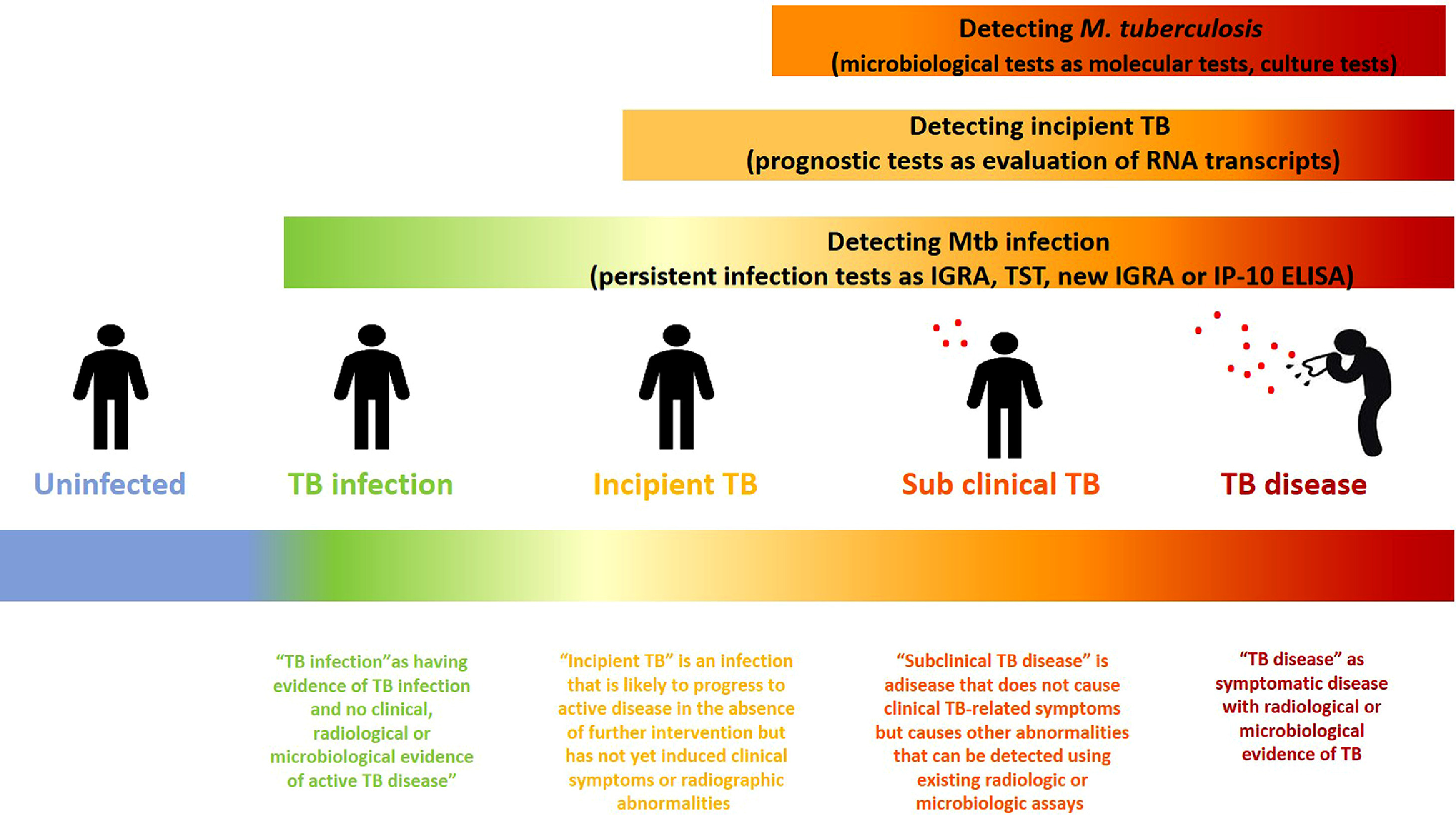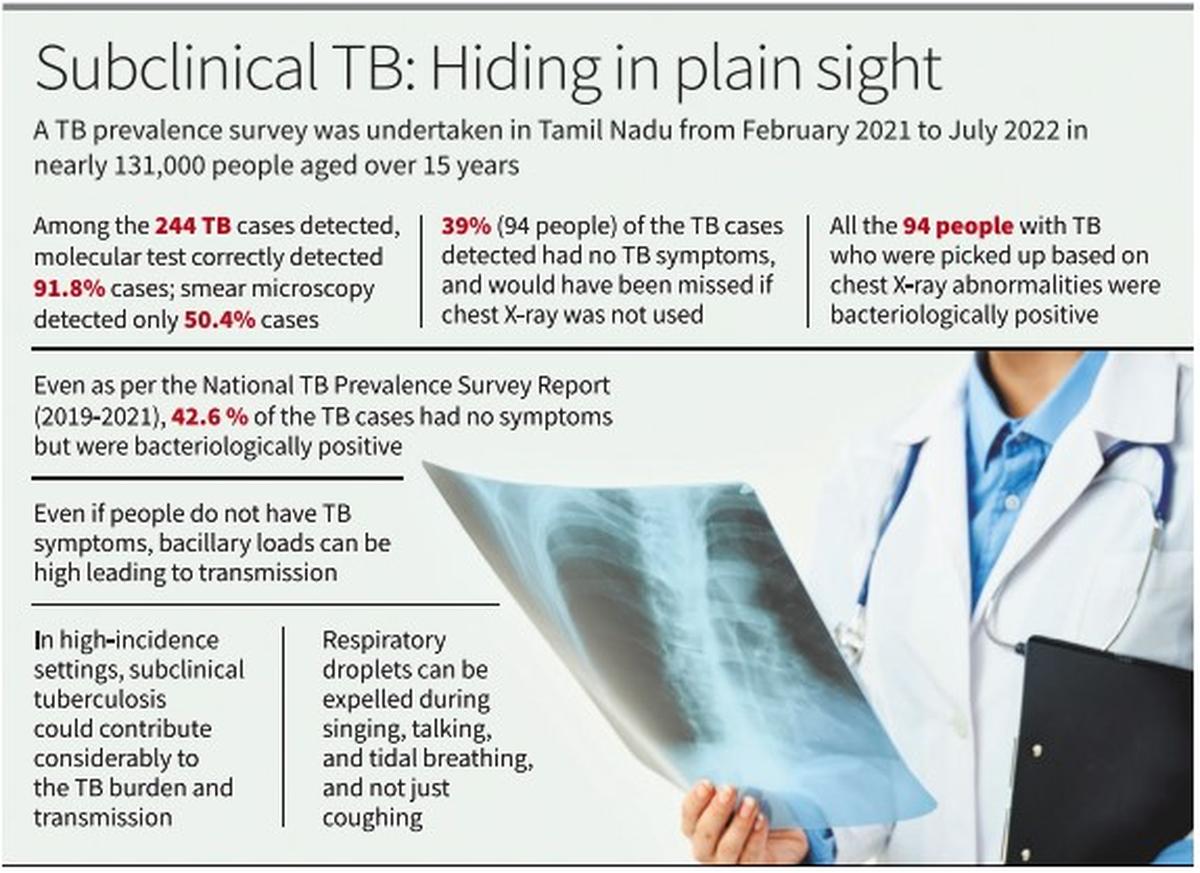7667766266
enquiry@shankarias.in
In a recent meeting at Health Ministry, the challenges in detecting subclinical TB cases and ensuring effective treatment was highlighted.

Tuberculosis (TB) remains a major public health challenge despite the UN's resolution to end TB by 2035. In 2022, there were 7.5 million new TB cases and 1.3 million deaths globally.
To know more about Tuberculosis, Click here

India's goal is to increase molecular testing from 30% to 100% within 12 months to improve TB diagnosis and reduce morbidity and mortality.
Vietnam has successfully reduced TB prevalence by 50% in some areas through symptom-agnostic screening (X-rays and molecular tests) of the entire population annually.